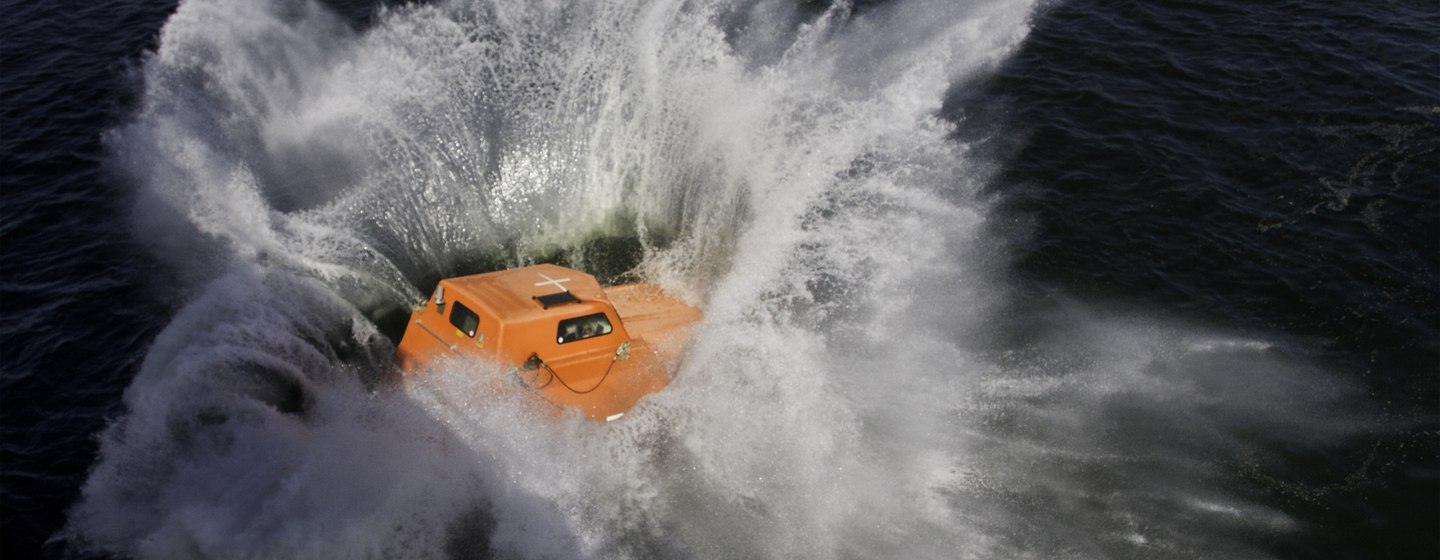YachtBuyer explores the critical role of the DPA. We look at the need for dedicated support and management, given the profound impact the work of the DPA can have on operational efficiency, financial performance, and insurance coverage.
In this era of growing maritime regulations and a unified working approach to all yachting operations, careful attention to safety and environmental compliance is crucial. The emphasis on the Designated Person Ashore (DPA) highlights its importance, ensuring not just safety management code compliance, but also guiding vessels, in particular the world’s biggest yachts, to operate safely and environmentally responsibly.
The Catalyst for the Role
The MS Herald of Free Enterprise, a roll-on/roll-off (RORO) ferry, tragically capsized shortly after departing the Belgian port of Zeebrugge on the night of March 6, 1987, resulting in the loss of 193 lives. Subsequent investigations attributed the disaster to a failure in safety management by the owning company. Recognizing the need for a dedicated safety overseer, the company underwent a post-trial management restructuring, appointing an Operations Manager as the Designated Person Ashore (DPA).
The concept of the DPA was introduced by the British to the International Maritime Organisation (IMO) but it faced initial disregard. It wasn't until another tragic incident, just three years later, with the MS Scandinavian Star catching fire on 7 April 1990, killing 159 people, that the significance of the DPA role was recognized.
The 17th assembly of the IMO in 1993 marked the agreement on adopting the DPA role. Subsequently, in 1998, the International Safety Management (ISM) code was enforced to enhance maritime safety.
In the modern maritime industry, health and safety are foundational principles that guide operations at every level. As the industry navigates its way through a new era marked by increasing regulations and a unified approach to work, dedicated attention to detail in these areas becomes imperative.
Recognizing this, the role of the caretaker or the designated 'keystone' is of paramount importance. It is a role that has to give the DPA access to the highest levels of management for it to be effective.
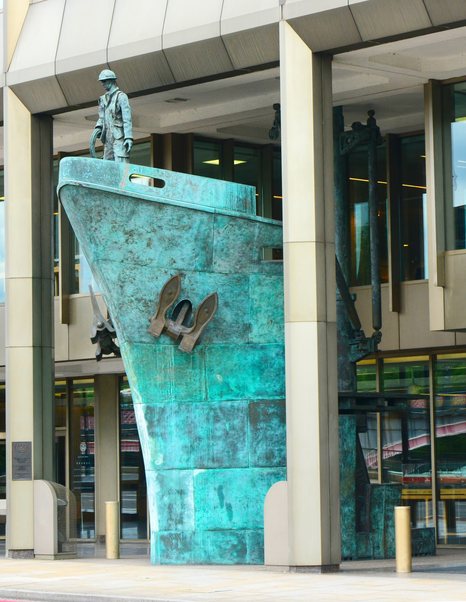
Defining the Role
The IMO defines the role of the DPA as ensuring the safe operation of each ship and serving as a vital link between the company and onboard personnel. This involves designating a person or persons ashore with direct access to top management. The DPA's responsibilities include monitoring safety and pollution prevention in ship operations and ensuring the application of adequate resources and shore-based support as needed.
The value of a DPA becomes evident when they establish the necessary structure and offer informed support to develop and maintain an efficient and effective Safety Management System onboard a vessel.
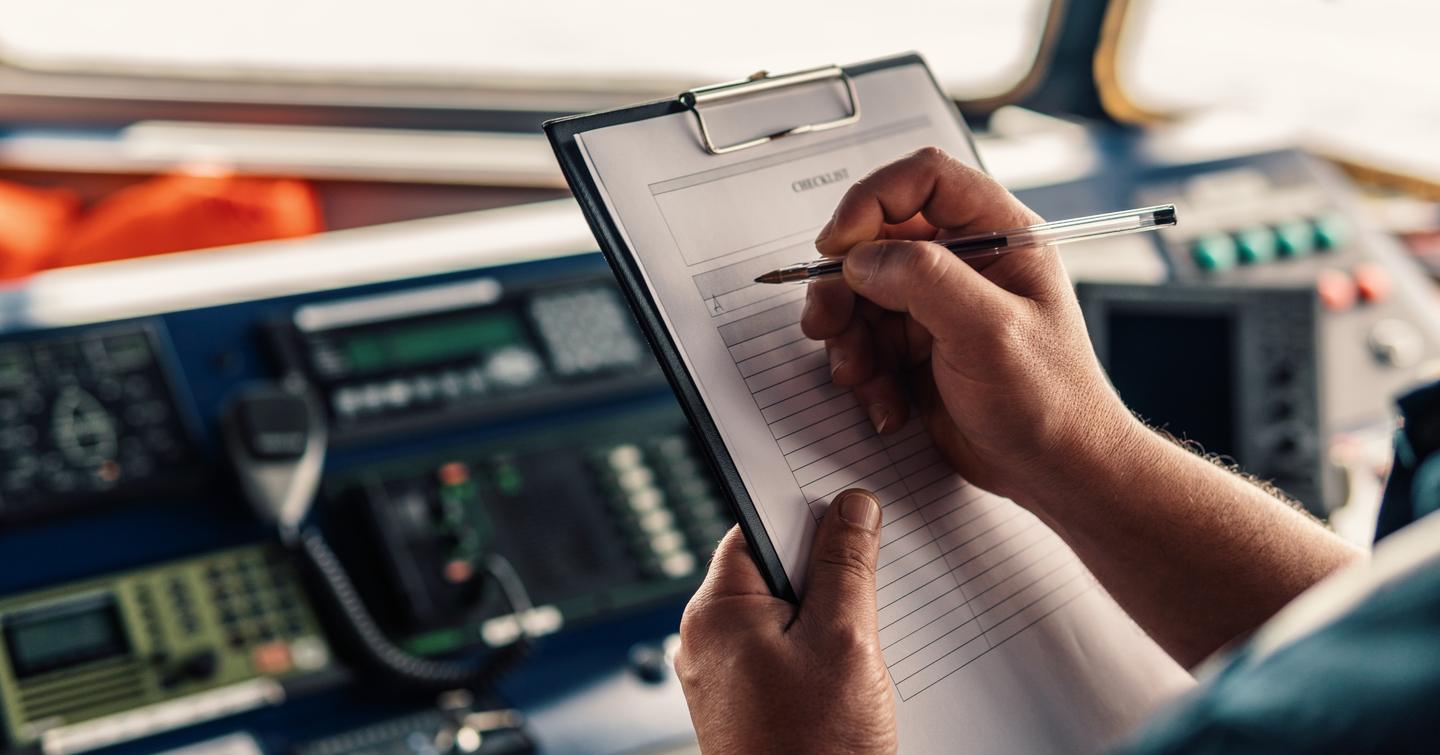
As outlined in the ISM Code there are the main duties of a DPA:
- ensure the safe operation of each vessel;
- monitor the safety and pollution-prevention aspects of the operation of the vessel;
- ensure compliance with the company safety management system on the basis of which the Document of Compliance was issued;
- provide a link between the managing company and those on board, with direct access to the highest level of management.
In order for the above to happen effectively, the designated person must
- be provided with sufficient authority and resources;
- have appropriate knowledge and sufficient experience in the operation of ships at sea and in port, to enable the above.
Document of Compliance
Any commercial ship or passenger ship weighing over 500GT is required to comply with the ISM Code. This certainly applies to the world’s largest yachts, whose GT can exceed 15,900GT
The ISM Code constitutes a global framework of guidelines mandating strict adherence by both the vessel and its crew, both on-board and on-shore. This adherence is imperative to uphold safety standards and ensure the prevention of pollution, aligning with the SOLAS requirements.
The ISM Code’s full name is ‘The International Management Code for the Safe Operation of Ships and for Pollution Prevention’.
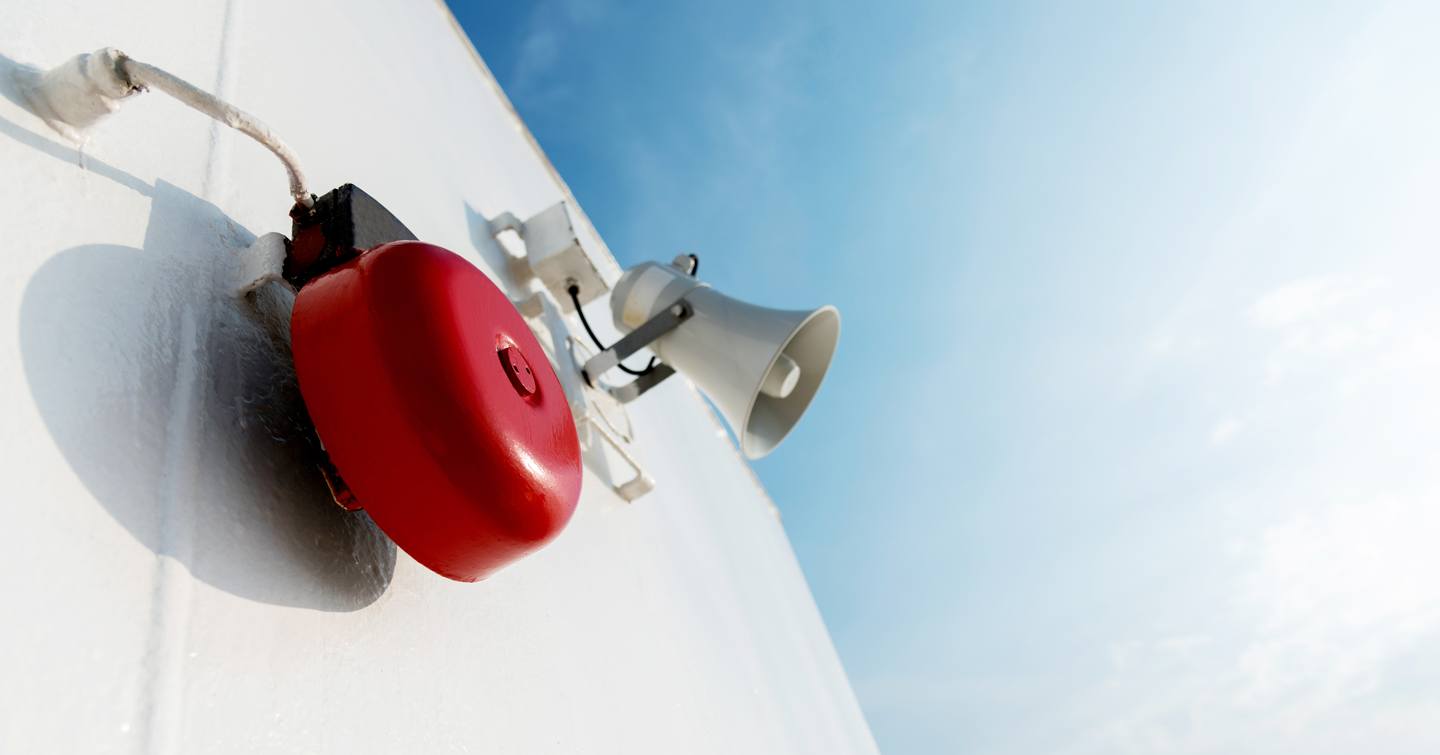
To comply with the ISM regulations, a ship must possess two essential certificates:
Document of Compliance:
The DOC is granted to the operating company after external validation of compliance. It remains valid for a span of five years and necessitates annual verification within three months from the vessel's Safety Management System (SMS) activation.
Safety Management Certificate:
This certificate is issued to the individual vessel, affirming that the company and its management adhere to safe practices aligned with the approved Safety Management System. The SMC holds its validity for five years or until any modifications are undertaken.
Questioning Necessity
ISM compliance stands as a mandatory stipulation for commercially registered yachts.
It is important to note that such a requirement does not extend to privately registered yachts, however, to avoid procedural violations and minimize the risk of being involved in an accident, voluntary compliance is recommended by flag states.
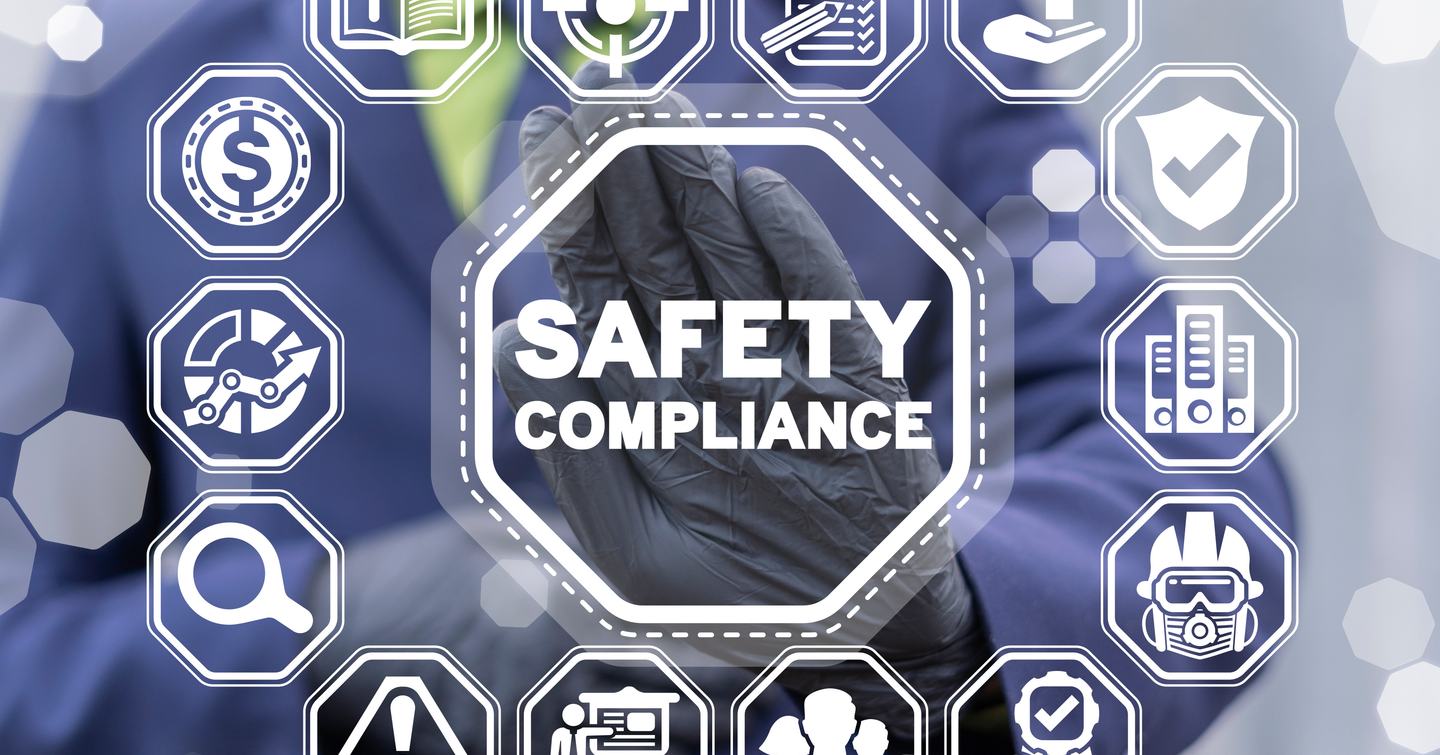
In 2005, the International Maritime Organization (IMO) undertook an evaluation of the impact and efficacy of implementing the ISM Code. The conclusive finding stated: "Based on the data collected, the group concluded that where the ISM Code had been embraced as a positive step toward efficiency through a safety culture, tangible positive benefits were evident."
Many private yachts create their safety systems without involving safety experts or getting certification from the flag state. This DIY approach means these systems miss out on external checks for effectiveness. This could be seen as a potential risk, akin to a situation waiting to happen. The concern is that problems may only become apparent when it's too late to prevent them.
Training for the Role
Recommended prerequisites
Persons considering a role as DPA should ideally ...
- Possess a tertiary institution qualification in a relevant field of management, engineering, or physical science.
- Hold an STCW management-level qualification and have seagoing experience as a ship's officer.
- Have other formal education coupled with a minimum of three years practical senior-level experience in ship management operations.
Training courses explore the responsibilities and authority of the DPA role, possible legal exposure, as well as other potential barriers, challenges, and difficulties, whilst also providing key advice on principles and systematics of risk management and incident investigation.
Courses will include:
- Overview of the ISM Code
Principles of modern management systems
Knowledge and understanding of the ISM Code
- External View of ISM Code:
Audit requirements and techniques
Assessment techniques
Requirements for marine-related management system audits
- DPA Responsibilities:
DPA - requirements and responsibilities
Issues for the DPA role holder
- Human Factors and Safety:
Human factors and ISM
Self-preservation
- Performance Management:
Performance management and KPIs
Reporting, analysis, and actions
- Legal and Risk Management:
Legal issues
Risk assessment
Management of change
- Operational Aspects:
Technical and operational aspects of safety management
Understanding the operations of a superyacht
- Communication:
Ensuring effective communication with shipboard staff and shore management
Handling Rules and Regulations:
Handling of mandatory rules and regulations
Day to Day
The day-to-day responsibilities of a DPA involve a delicate balance between proactive and reactive measures.

Reactive: addressing emergencies onboard, providing a response to calls for advice from captains and officers, advising on defects, and managing emergencies. During an emergency situation, the DPA takes on the role of Incident Commander in the company’s Emergency Response Team and provides a direct link to the yacht
Proactive: the DPA is actively engaged in preparing for audits, ensuring the yacht's compliance with regulations. This includes reviewing risk assessments regularly to uphold ongoing safety standards. Additionally, the DPA takes charge of updating manuals in response to changes in legislation and provides guidance to yacht crew on a wide array of safety aspects onboard.
